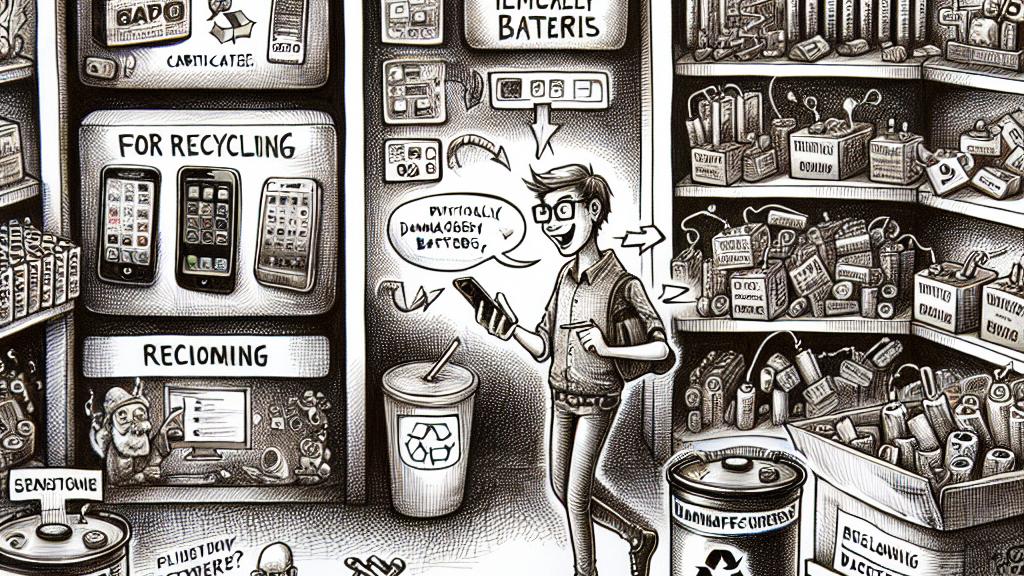Proper Disposal Methods for Swollen Lithium-ion Batteries
Overview
- Neglecting proper disposal of swollen lithium-ion batteries can lead to explosive fire hazards and environmental crises.
- Disposal methods vary greatly depending on device type and manufacturer policies, creating a maze of options.
- For effective disposal, always consult local regulations and familiarize yourself with specific guidelines from manufacturers.

Understanding the Problem
In Japan, the rising number of improperly disposed lithium-ion batteries, particularly those that have swollen, raises alarms over fire risks and environmental impacts. Imagine a scenario where your smartphone battery swells up; this isn't just a minor inconvenience—it's a warning sign of potential danger. These batteries can catch fire if not disposed of properly! However, consumers often feel lost amidst the myriad disposal options that differ from one manufacturer to another. For instance, certain retailers may provide convenient collection points for recycling, while others might flatly refuse to accept any battery that shows physical damage. This inconsistency can create significant confusion, underscoring the urgent need for consumers to educate themselves about safe disposal practices.
Disposal Options by Device Type
Let’s now explore how disposal methods vary based on the type of device involved. If your device’s battery is functioning well, returning it to the recycling boxes located in electronics stores is a simple and effective solution. These collection boxes are typically yellow and easily found. However, when faced with swollen batteries, things can get complicated. Many well-known retailers, such as Yamada Holdings and Bic Camera, refuse to accept damaged batteries outright, leaving many users in a tough spot. On the bright side, mobile service providers like NTT Docomo and KDDI often have more lenient policies, accepting these swollen batteries right at their stores. This highlights the critical importance of knowing existing policies. Keep in mind, regional regulations might also dictate specific disposal processes, making it essential for users to stay informed about their locality's laws.
Smart Recommendations for Safe Disposal
If you find yourself uncertain about how to dispose of swollen batteries, a proactive step would be to reach out to your local waste management authorities or trusted retailers for guidance. It’s noteworthy that many local governments are enhancing their recycling frameworks by introducing designated drop-off points specifically for hazardous waste, providing convenient options for residents. Engaging with these initiatives not only simplifies your disposal journey but also promotes a culture of environmental responsibility. Safety, of course, should always be paramount! Never risk attempting to dispose of swollen batteries irresponsibly, as this could lead to dangerous incidents. By choosing to remain vigilant and informed, users can protect not only themselves but also the community. Therefore, when faced with the challenge of disposal, remember that a proactive and educated approach is key to ensuring both personal safety and environmental health.

Loading...